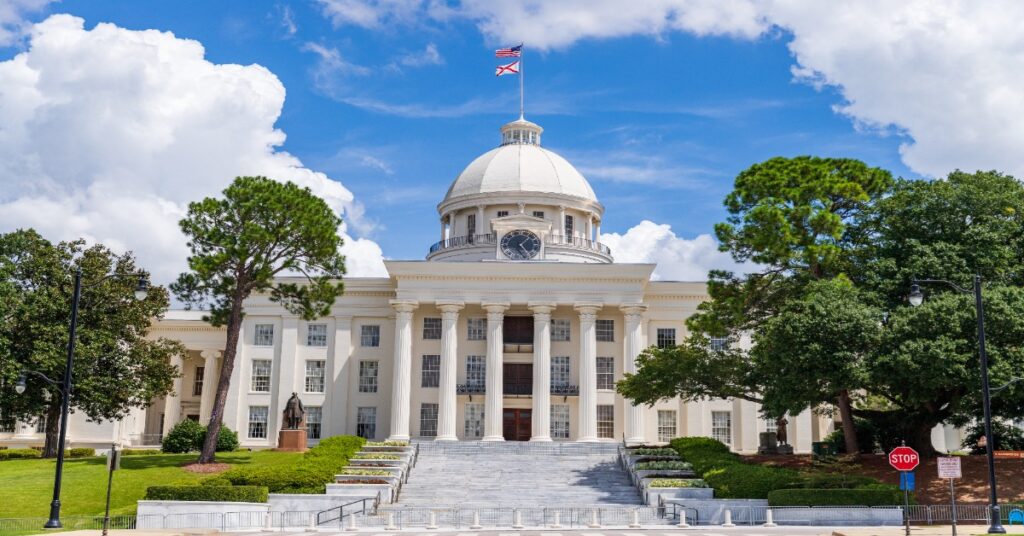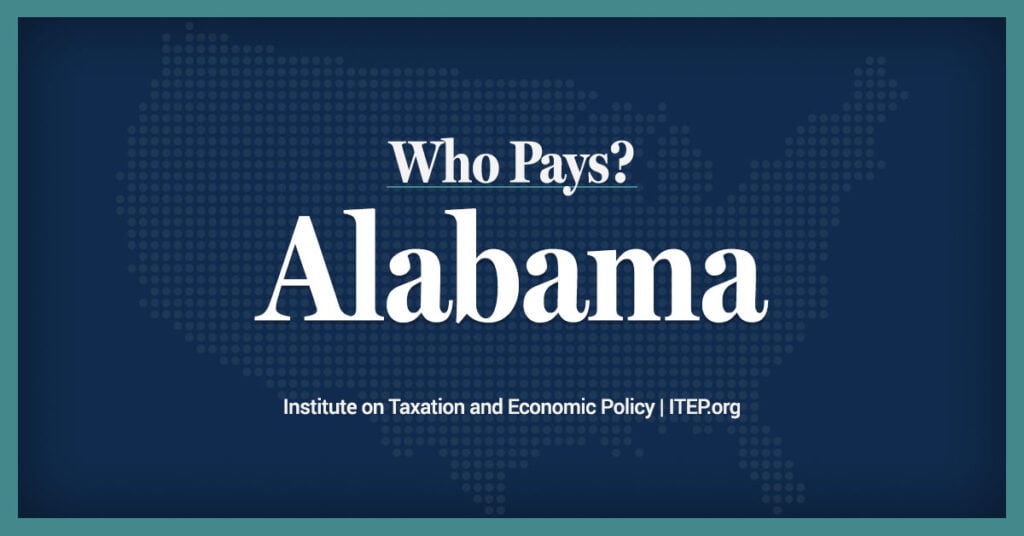Published: Monday, September 24, 2012, 7:29 AM Updated: Monday, September 24, 2012, 7:31 AM
Mike Hollis, The Huntsville Times By Mike Hollis, The Huntsville Times
Think of it as Alabama’s $1 billion question.
Will the money to repay the state’s savings account for natural gas royalties be siphoned out of public school classrooms or raised through changes in the state’s distorted tax system?
History strongly suggests the governor and the Legislature three years from now will still be struggling to find enough money to repay nearly $438 million voters agreed to borrow Tuesday to avert catastrophe for Medicaid, the prisons, the courts, public health, public safety, mental health and other services.
And it wouldn’t be surprising if state leaders in three years are also still looking for enough revenue to keep those General Fund agencies operating at barely adequate levels. Their predecessors in Montgomery over 30 years or more failed to provide a stable source of revenue for the General Fund.
Today, Gov. Robert Bentley and legislative leaders are pinning some of their hopes on a proposal to offer some sort of help to state employees if they retire early.
If 1,500 out of more than 32,000 employees were to retire early, according to Bentley, the state might save $82 million a year on General Fund expenses. That would be well over half the $146 million the state will borrow annually in natural gas royalties over the next three years. But any savings from such a plan wouldn’t materialize overnight and wouldn’t provide anything toward repaying the Alabama Trust Fund.
Experts on government management have long said Alabama needs a single state budget instead of two — one for schools and the other for everything else. This is because public schools have a corner on the largest source of growth revenue, sales and income taxes. Tax revenues for the General Fund grow slowly at best.
The Legislature this spring rejected Bentley’s plan to merge the budgets, which might have helped the General Fund but at the expense of classrooms, already hit with the loss of jobs for several thousand teachers and other employees and $1 billion a year in revenue because of the recession.
Bentley and legislative leaders have promised they will get legislators to pass a law requiring repayment of the $438 million. But that challenge is magnified by a requirement to repay $161.6 million in an earlier trust fund loan to the General Fund, bringing the total repayment requirement to $599 million.
And that doesn’t include $437.5 million the state school budget must repay to the trust fund for yet another loan made to offset revenue losses from the recession.
The total debt for both budgets is a little more than $1 billion. That could be bled out of public schools but only at the expense of seriously weakening the foundation everyone needs.
But this $1 billion question offers an opportunity to straighten out the state’s tax system.
It doesn’t merely tax the people who have the least ability to pay, it punishes them.
For example, only Alabama and one other state apply the full sales tax rate to groceries. In fact, the conservation Tax Foundation says Alabama’s combined state and local sales tax rates is the 10th highest in the nation.
In 2009, the foundation says, Alabama’s combined sales and excise taxes raised $1,327 for each resident, the 27th highest in the nation.
What Alabama does have are low property and income taxes. The Tax Foundation reports Alabamians paid $503 per person in state and local property taxes in 2009, the lowest in the nation.
The state’s top income tax rate of 5 percent is 32nd highest among states with an income tax, says the foundation, and the $543 collected per resident in individual income taxes in 2010 ranked 35th highest.
But the poor in Alabama pay far more than their fair share. A family in the lowest 20 percent of income made an average of $10,400 in 2007. According to the Institute on Taxation and Economic Policy, it pays a tax rate of 10.2 percent. This includes sales, excise, property and income taxes. A family in the top 1 percent in Alabama, about $1.2 million, pays a total of 4 percent.
If Alabama’s leaders are serious about putting state government under one budget in the name of efficiency and flexibility, while they are at it they need to straighten out the tax system, too, in the name of fairness.
At the same time, they won’t have any trouble finding places where tax rates can be increased modestly to cover repaying that $1 billion over 10 years. With 4.8 million residents, a per capita tax increase of a little more than $20 a year would raise $100 million.
That less than $100 a month for a family of four, or less than the cost of buying a pizza once a month.
But the state isn’t going to make any headway in solving its money problems if its leaders keep swearing off tax increases.
By Mike Hollis, for the editorial board. Email: [email protected].





